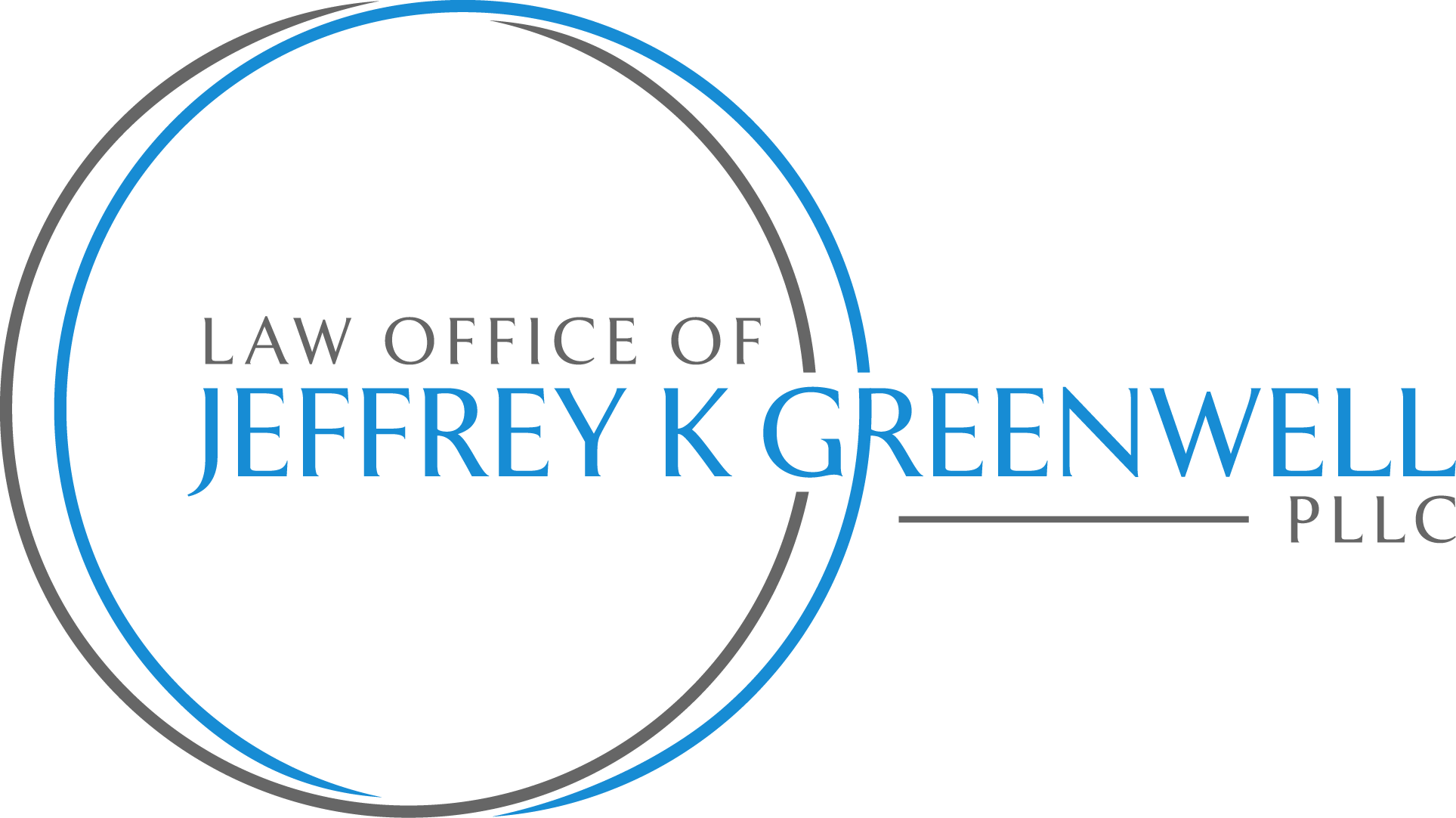If you took advantage of the mortgage forbearance payment option under the CARES Act, when do you have to catch up on those missed payments?

Last week we presented the new law allowing forbearance—skipping payments—on federally backed mortgages during the pandemic. Basically, if the pandemic has financially affected you, you can request and receive a 6-month forbearance on payments. You can extend the forbearance for another 6 months if the declared emergency continues at that point.
The obvious question this raises is when do you have to pay these missed payments. This is the topic of today’s blog post.
Major Confusion about Timing of Repayment
The CARES Act provided what is essentially a right to forbearance on federally backed mortgages. But CARES doesn’t say a word about the terms for payment of those payments missed during the period of forbearance.
There are several possibilities potentially available for paying the missed payments:
- in a lump sum at the end of the forbearance period
- through payments spread over a period of months beginning after the forbearance period
- in a lump sum at the sale or refinance of the home
- through extending the length of the mortgage at the back end
The differences in these options are huge. Assume, for example, that you have a monthly mortgage of $1,100. (That’s the current national median mortgage amount.). If you get a 6-month forbearance, that could mean a lump sum payment of $6,600 due at that time. For most people coming out of a financially challenging time, coming up with that money would be impossible. Even if your mortgage holder spreads the amount due over a year or several years, many people will not have additional money to pay the amount due each month. Paying the missed payments by extending the length of the mortgage is much easier. So is paying at the time of sale or refinance of the home.
Unfortunately, Forbearance Is Sometimes Complicated
The Consumer Financial Protection Bureau is the foremost federal agency tasked with protecting consumers. It says the following about mortgage forbearance under the CARES Act:
- Forbearance doesn’t mean your payments are forgiven or erased. You are still required to repay any missed or reduced payments in the future.
- Make sure you understand how the forbearance will be repaid. There can be different forbearance programs or options, depending on the type of your loan.
…
For example, if you have a Fannie Mae, Freddie Mac, FHA, VA, or USDA loan, you won’t have to pay back the suspended all at once—unless you are able to do so.
At the end of the forbearance, your options can include paying all of your mortgage forbearance payment at one time, spread out over a period of months, or added as additional payments or a lump sum at the end of your mortgage.
So, a big part of the confusion is that different loans have different options for paying the missed payments.
The Fannie Mae (FNMA) Example
Among all the federally-backed mortgage holders Fannie Mae (Federal National Mortgage Association) “is the largest backer of 30-year fixed-rate mortgages.” Already as of May 1, 2020, more than 1 million Fannie Mae mortgages were in forbearance. Some people expect many more in May. So by way of example let’s see how Fannie Mae allows customers to deal with payments missed because of forbearance.
Here is their recent announcement: Fannie Mae reminds homeowners they are not required to repay missed payments all at once. Its main message:
At the end of the forbearance plan, the homeowner will be provided with several options from their mortgage servicer for making up the missed payments and will not be required to pay everything back all at once.
This announcement contains a link to their separate KnowYourOptions.com website, which provides more information on the post-forbearance options.
One practical source of information is this COVID-19 Forbearance Script that Fannie Mae has its mortgage services use with homeowners. It provides this script in order “[t]o continue to ensure clarity and transparency for mortgage servicers and homeowners alike.” It’s an interesting and informative read.
If You Have Another Federal Agency’s Mortgage
If you do not have a federally backed mortgage, here are similar resources for you:

